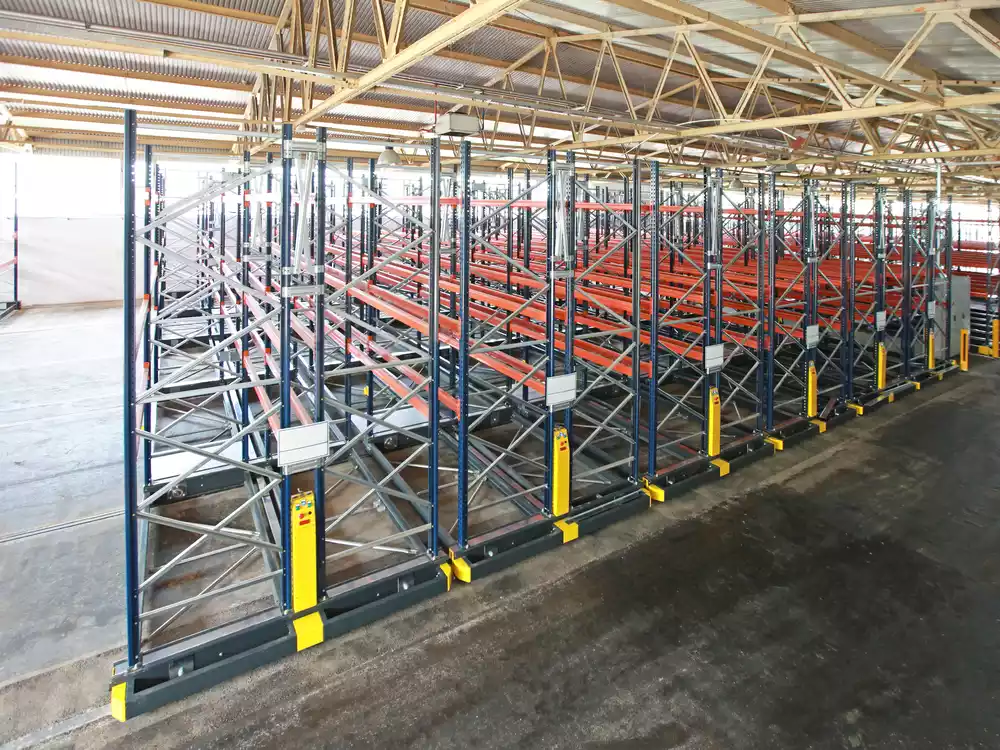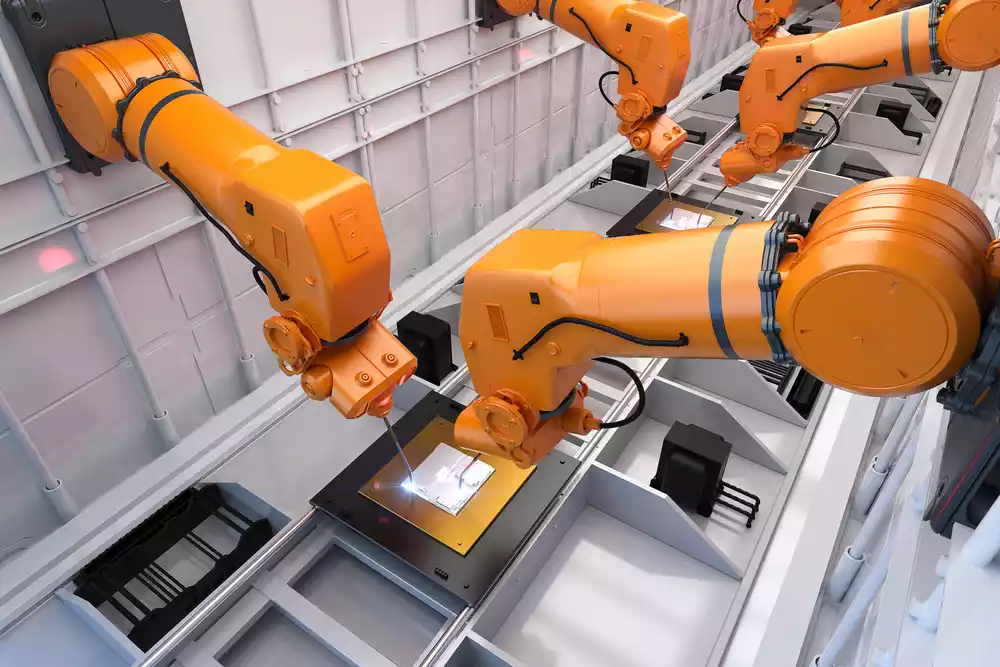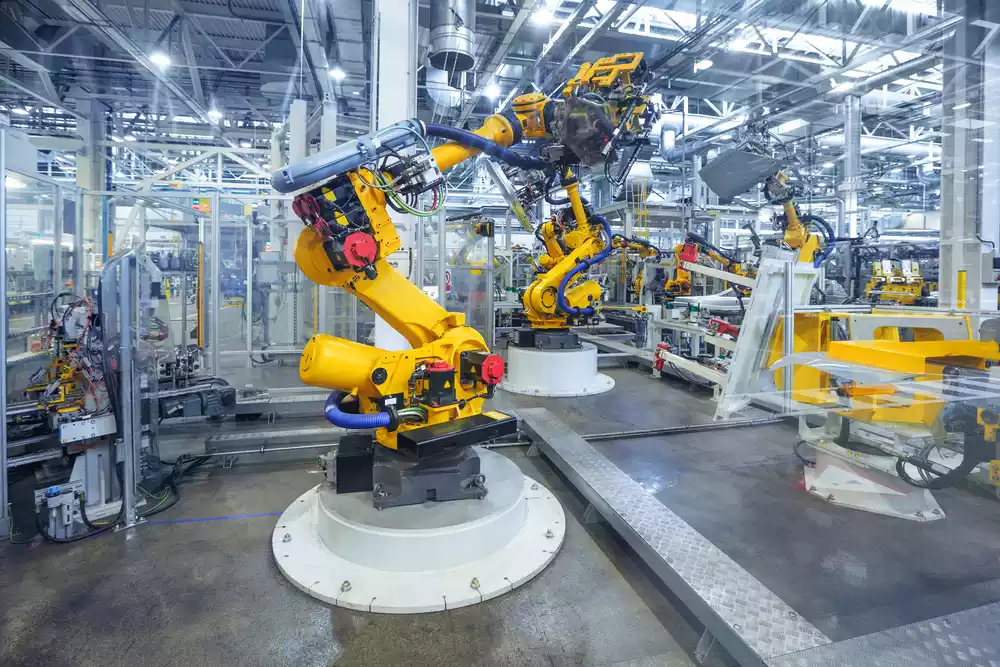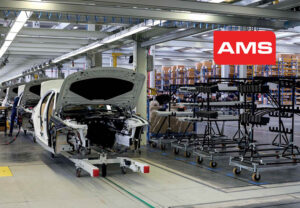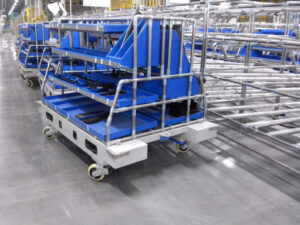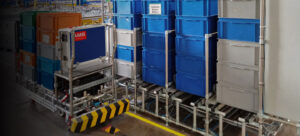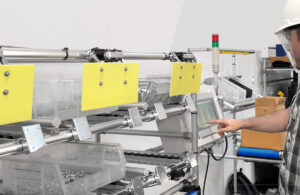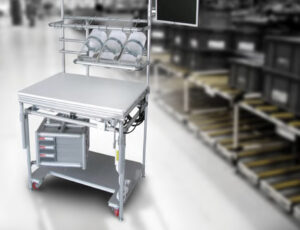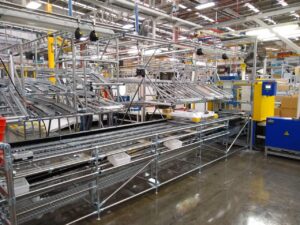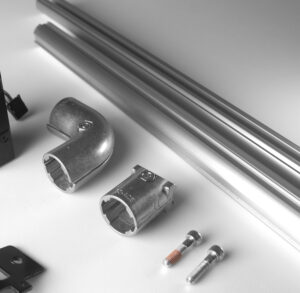Table of contents
Boosting Warehouse Efficiency: Technology and Automation Strategies
In today’s competitive business world, warehouse efficiency is a crucial factor that can make or break a company’s success. But what exactly do we mean by warehouse efficiency?
Simply put, it refers to the ability of a warehouse to effectively utilize its resources, maximize productivity, and minimize costs. A warehouse that operates efficiently is able to fulfill orders quickly and accurately, maintain optimal inventory levels, and adapt to changing customer demands.
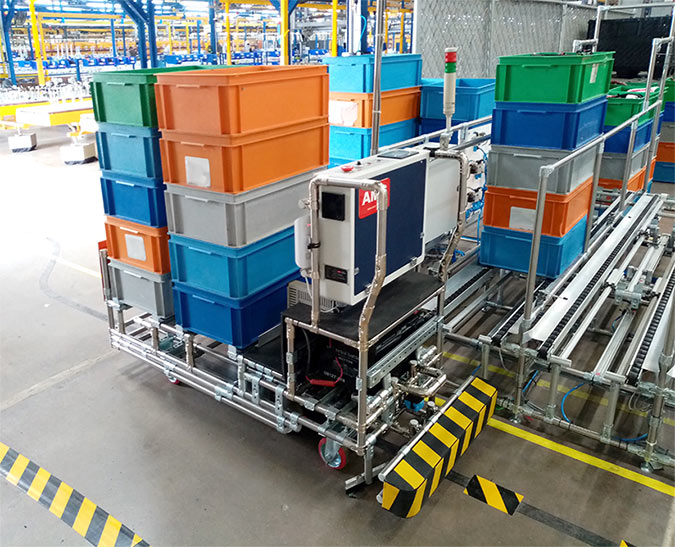
To achieve warehouse efficiencies and improve warehouse efficiency, companies employ various strategies and technologies. Let’s take a closer look at some key aspects:
1. Streamlined Operations: Efficient warehouses focus on optimizing processes and workflows. This may involve implementing lean methodologies, such as reducing waste and optimizing order fulfillment paths. By minimizing unnecessary movement and utilizing automation technologies like forklift AGV (Automated Guided Vehicles), warehouses can significantly improve operational efficiency.
2. Inventory Management: Effective inventory management plays a vital role in warehouse efficiency. By implementing real-time inventory tracking systems and employing demand forecasting techniques, warehouses can ensure optimal inventory levels. This helps to prevent overstocking, reduce carrying costs, and avoid stockouts. Additionally, proper categorization and organization of inventory can save valuable time during order picking.
3. Layout and Organization: A well-designed warehouse layout promotes efficiency. By strategically placing frequently picked items closer to shipping areas, warehouses can reduce time spent on order fulfillment. Implementing clear signage, labeling, and efficient storage systems can also contribute to a smoother and more organized warehouse environment.
4. Technology Integration: Incorporating advanced technologies into warehouse operations can significantly enhance efficiency. Warehouse management systems (WMS) provide real-time visibility into inventory, streamline order processing, and enable efficient resource allocation. Automated conveyor systems, barcode scanning, and AGV technology can also optimize material handling processes.
5. Continuous Improvement: Improving warehouse efficiency is an ongoing process. By regularly tracking and analyzing key performance indicators (KPIs), such as order fulfillment rate, order accuracy, and inventory turnover, warehouses can identify areas for improvement. Implementing employee training programs and fostering a culture of continuous improvement can drive efficiency gains.
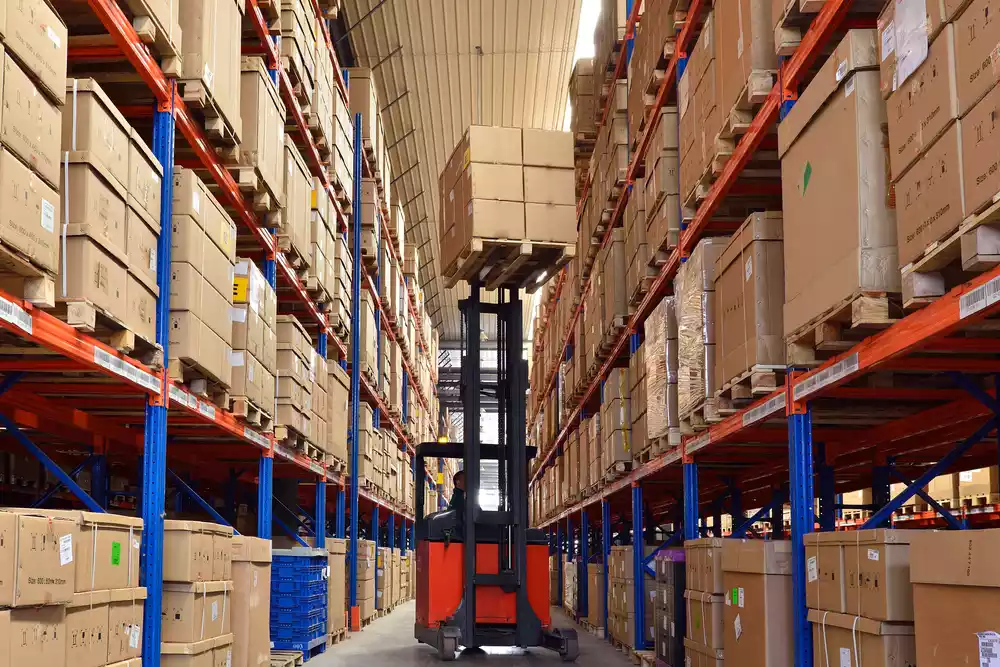
Why is Warehouse Efficiency Important?
Efficient warehouse operations are crucial for the success of any business. In today’s fast-paced and highly competitive market, achieving and maintaining warehouse efficiency is more important than ever. But why is warehouse efficiency so important? Let’s explore a few key reasons:
1. Maximizing Productivity
An efficient warehouse allows us to maximize productivity by ensuring that every aspect of our operations is optimized. This includes streamlining processes, reducing bottlenecks, and minimizing downtime. By doing so, we can significantly increase our throughput, allowing us to handle larger volumes of goods and fulfill customer orders faster.
2. Minimizing Costs
Warehouse efficiencies have a direct impact on our bottom line. When we improve efficiency, we can reduce costs associated with labor, storage, inventory management, and transportation. For example, by optimizing our layout and organization, we can minimize unnecessary travel time and movements, reducing our energy consumption and cutting down on forklift AGV wear and tear.
3. Meeting Customer Demands
In today’s era of instant gratification, customers have come to expect faster delivery times and seamless order fulfillment. By improving efficiency, we can meet these demands and provide an exceptional customer experience. Faster order processing, accurate inventory tracking, and timely shipping all contribute to customer satisfaction and loyalty.
4. Gaining a Competitive Edge
In a highly competitive business landscape, having an efficient warehouse is a key differentiator. It allows us to respond quickly to market changes, adapt to evolving customer demands, and stay ahead of our competitors. By continuously improving efficiency, we can gain a competitive edge and position ourselves as a reliable and efficient partner in the supply chain.
5. Enabling Scalability
As our business grows, it is essential to have an efficient warehouse that can support our expansion. By implementing strategies to improve efficiency, such as technology integration and process optimization, we can scale our operations effectively. This ensures that our warehouse can handle increased volumes and growth without compromising productivity or incurring unnecessary costs.
Warehouse efficiency is vital for maximizing productivity, minimizing costs, meeting customer demands, gaining a competitive edge, and enabling scalability.
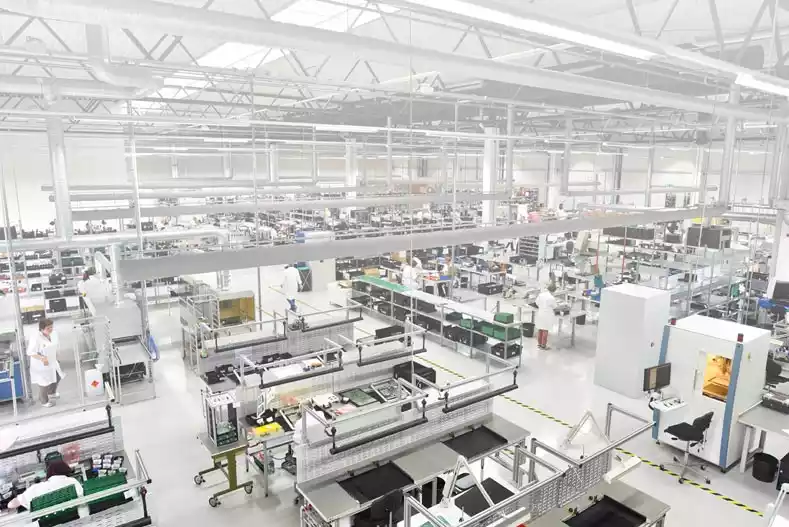
Common Challenges in Achieving Warehouse Efficiency
When it comes to ensuring efficiency, there are several common challenges that businesses often face. Overcoming these challenges is essential to maximize productivity, reduce costs, and meet customer demands. Let’s take a closer look at some of these challenges:
1. Limited Space and Poor Layout
One of the major challenges in achieving efficiency is limited space and poor layout. Inefficient use of space can lead to congestion, bottlenecks, and difficulty in locating and retrieving items. This can result in longer cycle times and delays in order fulfillment.
2. Ineffective Inventory Management
Ineffective inventory management can be a significant barrier to achieving efficiency. Without real-time visibility into inventory levels, businesses may struggle with overstocking or running out of critical items. This can lead to increased storage costs, poor order accuracy, and dissatisfied customers.
3. Inefficient Order Picking Processes
Inefficient order-picking processes can greatly impact efficiency. If orders are not picked accurately or in a timely manner, it can result in delayed order fulfillment, increased labor costs, and customer dissatisfaction. This is especially true in high-volume fulfillment centers.
4. Lack of Automation and Technology Integration
The lack of automation and technology integration can hinder efficiency. Manual processes, such as manual data entry and paper-based systems, can introduce errors and delays. By implementing technologies such as forklift AGVs and warehouse management systems (WMS), businesses can streamline operations, improve accuracy, and increase throughput.
5. Inadequate Workforce Training and Management
Inadequate workforce training and management can contribute to inefficiencies within the warehouse. Without proper training, employees may not be able to perform their tasks efficiently, leading to errors, wasted time, and increased costs. Additionally, poor management practices can result in low morale, high turnover rates, and a lack of employee engagement.
By identifying and addressing these common challenges, businesses can take significant steps towards improving efficiency. Through strategic planning, effective technology integration, and ongoing training and optimization, we can increase warehouse efficiency, reduce costs, and provide faster order fulfillment. Remember, continuously striving to improve efficiency is essential for long-term success in the dynamic business landscape.
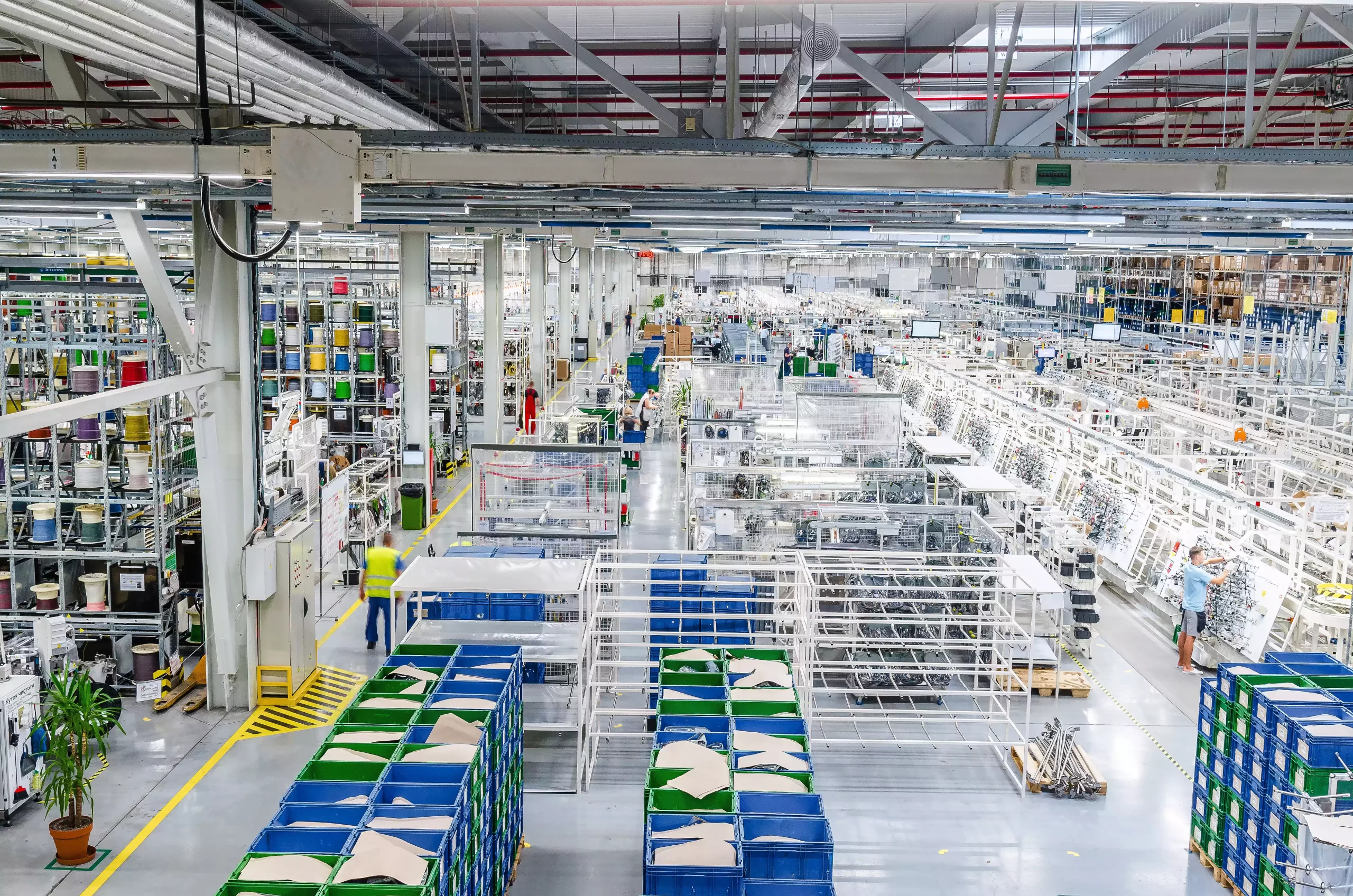
Strategies for Improving Warehouse Efficiency
One of the key factors that contribute to the success of a business is efficient warehouse operations. In order to meet customer demands, reduce costs, and maximize productivity, it is important to have effective strategies in place to improve warehouse efficiency. In this section, we will discuss some strategies that businesses can implement to achieve this goal.
1. Optimize Warehouse Layout and Space Utilization
Analyze your warehouse layout: Assess the current layout of your warehouse and identify any areas for improvement. Consider factors such as the flow of goods, storage capacity, and accessibility for inventory management and order fulfillment processes.
Maximize vertical space: Utilize vertical space in your warehouse by implementing rack systems and shelving units. This will allow you to store more products without expanding the physical footprint of the facility.
Invest in forklift AGVs: Consider the use of automated guided vehicles (AGVs) to optimize material movement within the warehouse. AGVs can reduce labor costs, minimize human errors, and improve overall efficiency.
2. Streamline Inventory Management Processes
- Implement a robust inventory management system: Invest in a **warehouse management system (WMS) that provides real-time visibility of inventory levels, automates tracking and replenishment processes, and enables accurate forecasting and demand planning.
- Adopt barcode or RFID technology: Use barcode or radio frequency identification (RFID) technology to streamline inventory tracking and improve accuracy. These technologies can help reduce errors, minimize inventory discrepancies, and speed up order fulfillment processes.
3. Optimize Order Picking Processes
- Implement batch picking or wave picking: Instead of picking orders one at a time, consider implementing batch picking or wave picking techniques. These methods enable workers to pick multiple orders simultaneously, reducing travel time and increasing picking efficiency.
- Use picking technologies: Integrate picking technologies such as pick-to-light and voice-directed picking to further improve accuracy and productivity. These technologies provide workers with real-time instructions and guidance, reducing errors and increasing efficiency.
4. Embrace Automation and Technology Integration
- Invest in warehouse automation: Evaluate opportunities to automate repetitive and manual tasks within your warehouse. Automation technologies such as conveyor systems, robotic pickers, and automated sorting systems can significantly improve throughput and reduce labor costs.
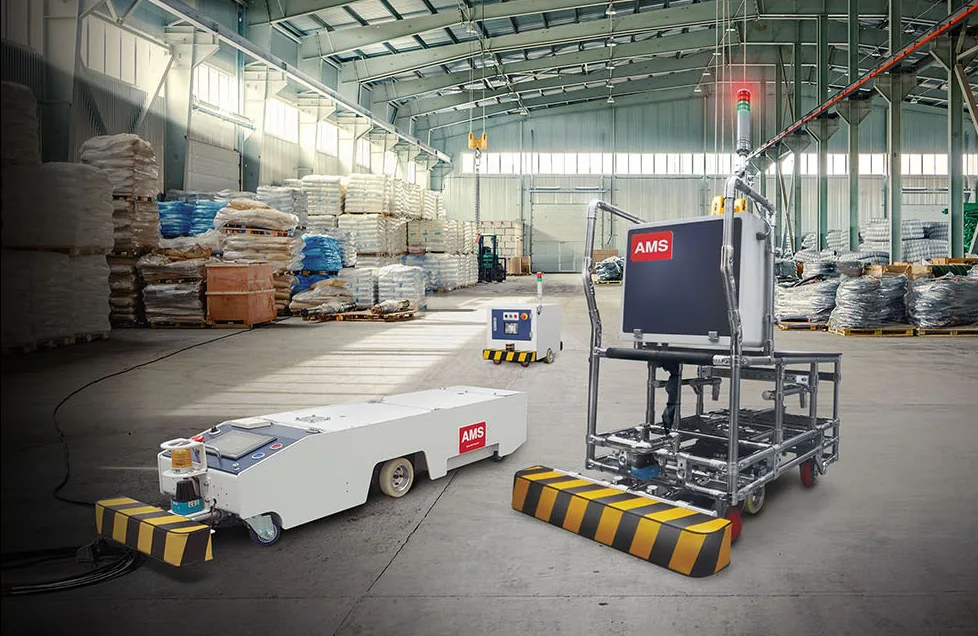
Implementing Technology for Warehouse Efficiency
To improve efficiency and meet the demands of a rapidly changing market, businesses must embrace technology and automation. By integrating these solutions into warehouse operations, companies can streamline processes, reduce costs, and increase overall productivity.
Maximizing Efficiency with Automated Guided Vehicles (AGVs)
One way to optimize warehouse operations is by replacing traditional forklifts with automated guided vehicles (AGVs). AGVs are self-driving vehicles equipped with sensors and navigation systems that can transport goods within the warehouse efficiently and safely. Compared to forklifts, AGVs offer numerous benefits, including:
- Increased throughput and productivity
- Improved accuracy in material handling
- Reduced labor costs and reliance on human operators
- Enhanced safety for both employees and equipment
- Flexibility to adapt to changing operational needs
Introducing AGVs into the warehouse environment can significantly increase warehouse efficiencies, enabling businesses to meet customer demands more effectively while minimizing errors and delays.
Harnessing the Power of Inventory Management Systems
Another vital aspect of improving warehouse efficiency is implementing a robust inventory management system. This technology enables businesses to track, monitor, and optimize inventory levels, ensuring that the right products are available at the right time. Key features and benefits of advanced inventory management systems include:
- Real-time visibility of inventory levels
- Demand forecasting and inventory replenishment capabilities
- Automated order fulfillment and inventory tracking
- Minimization of stockouts, overstocking, and inventory holding costs
- Integration with other systems, such as point of sale (POS) and customer relationship management (CRM)
By leveraging the power of an effective inventory management system, businesses can optimize stock levels, reduce wastage, and streamline order fulfillment processes, leading to improved warehouse efficiency.
Embracing Barcode or RFID Technology
Implementing barcode or RFID technology can further enhance warehouse efficiency by enabling accurate and efficient item tracking and inventory management. These technologies provide businesses with the ability to:
- Quickly scan and track items without manual data entry
- Eliminate errors and discrepancies in inventory records
- Improve order accuracy and reduce shipment errors
- Streamline receiving, put-away, picking, and shipping processes
- Increase inventory visibility and reduce stockouts or overstocking
By adopting barcode or RFID technology, businesses can benefit from increased accuracy, improved operational speed, and reduced labor costs, leading to greater overall warehouse efficiency.
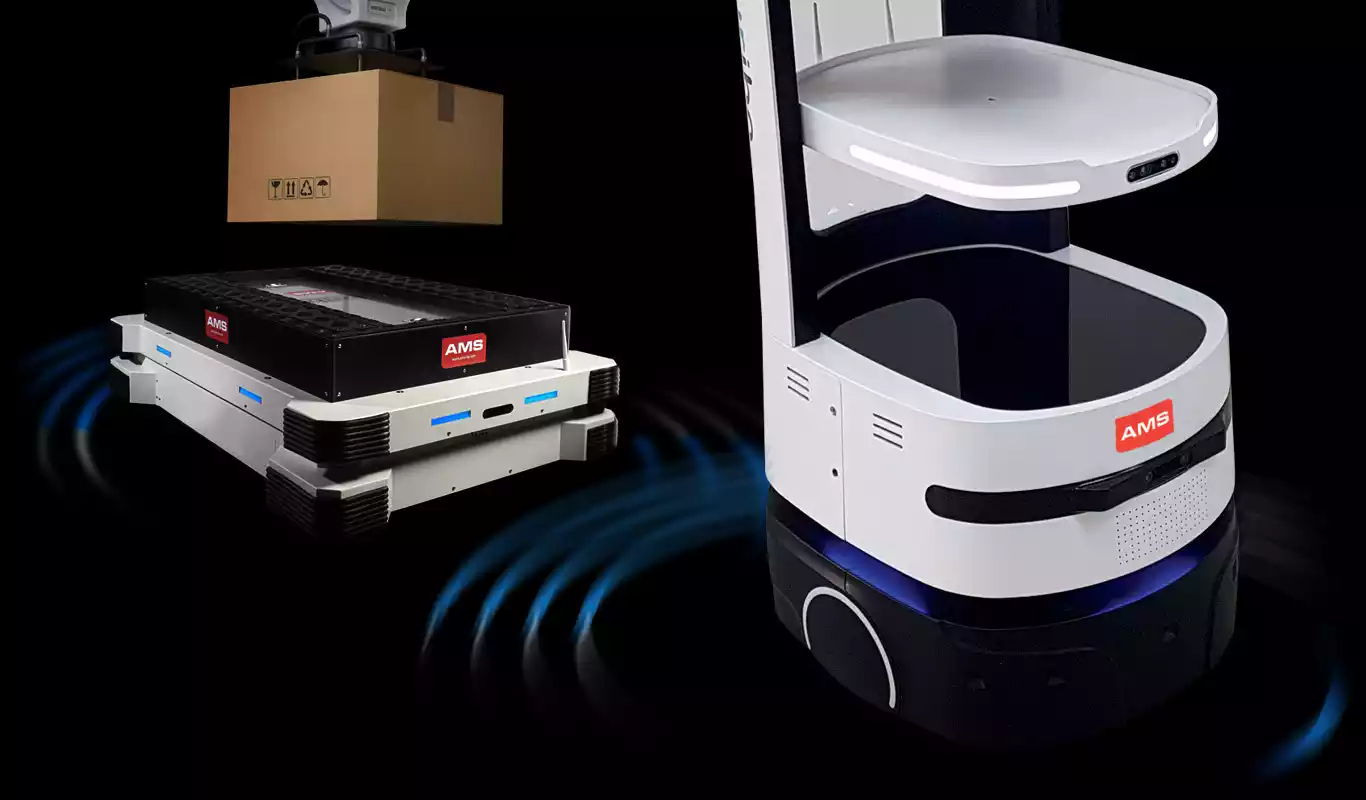
Harnessing Efficiency: Revolutionize Your Warehousing with AMS, Inc. Technologies and AGVs
By implementing technology and automation in our warehouses, we can significantly improve efficiency and optimize operations. Automated guided vehicles (AGVs) are a valuable tool that can increase throughput, accuracy, and safety while reducing labor costs. These vehicles can navigate through the warehouse with ease, ensuring that products are transported efficiently and promptly.
Transform your warehouse operations with AMS, Inc. – your one-stop solution for maximizing efficiency! Explore cutting-edge technologies, including Automated Guided Vehicles (AGVs), to elevate throughput, enhance accuracy, and boost safety, all while minimizing labor costs. Seize the future of warehousing – optimize with AMS, Inc. today
We look beyond the scope To surpass your expectations
We understand the importance of retaining a strong working relationship with our customers. AMS provides a niche for everyone through excellent customer care and top-rank products.

